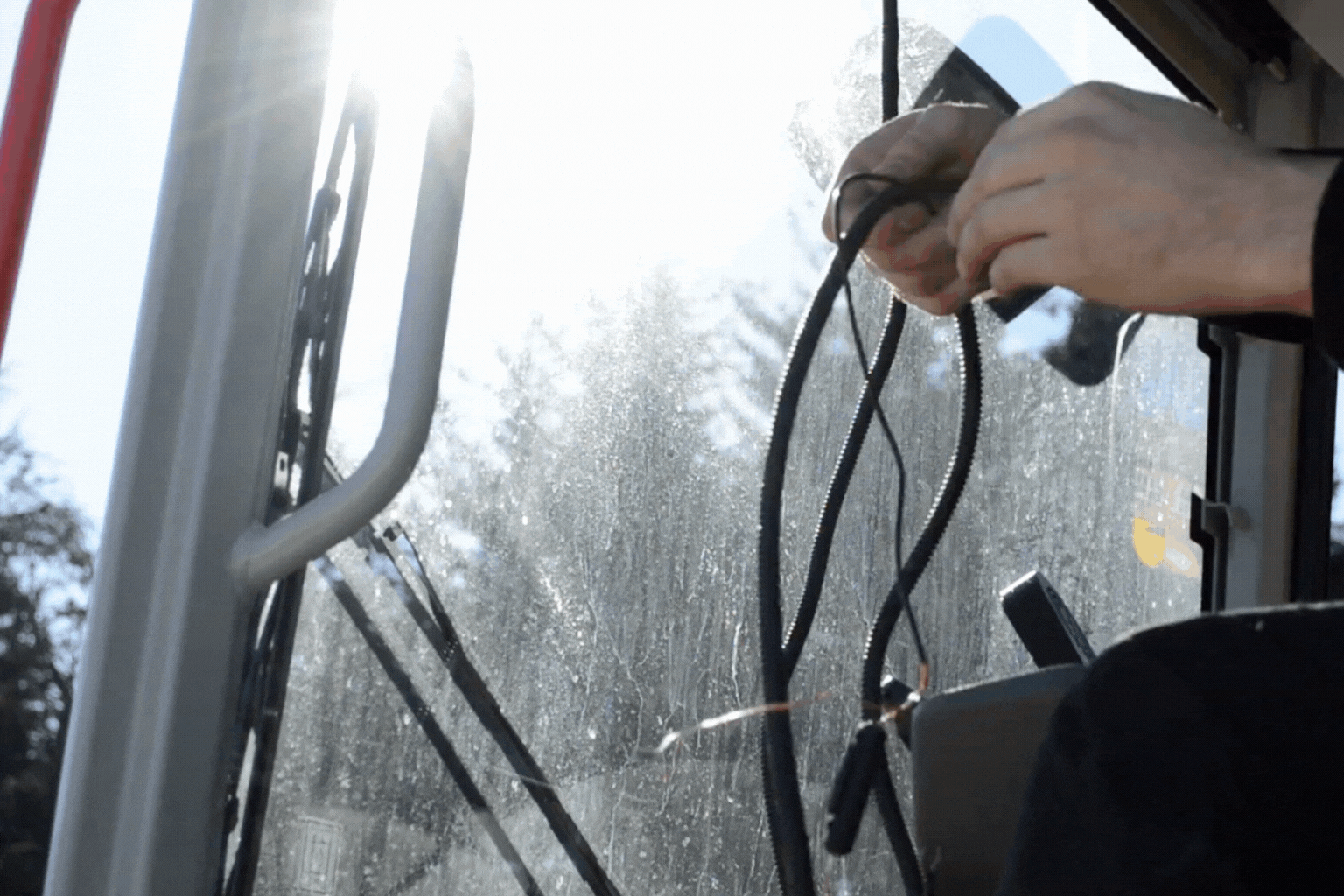Studies show that up to 20% of electrical system failures in vehicles are traceable not to the wires themselves, but to damage caused by inadequate or improperly installed wire protection systems. From heat cracks under the bonnet to moisture ingress and vibration wear, conduit failures can lead to diagnostic trouble codes, sensor malfunctions, or even system-wide shutdowns.

After years of working with OEMs, Tier 1 suppliers, and wire harness integrators, we’ve seen firsthand how small oversights in conduit selection or installation can snowball into costly repairs or recalls. In this post, we’re unpacking the five most common conduit failures we’ve seen in the field—and how to prevent them
1. Thermal Degradation Near Heat Sources
What happened: Conduit near turbochargers or exhaust manifolds melted or cracked.
Cause: Use of standard polyethylene in high-heat zones.
Prevention: Use high-temp rated conduit (e.g., PTFE, fiberglass braid, or high-temp nylon). Always verify temp range >150°C for under-bonnet routing.
2. Abrasion Failure in High-Vibration Zones
What happened: Conduit wore through, exposing wires.
Cause: Poor mounting or contact with moving components.
Prevention: Use abrasion-resistant materials (e.g., woven sleeving or thick-wall corrugated conduit) and secure conduit with proper clips and grommets.
Explore P-Clips and Grommets
3. UV Cracking in Exterior Conduit
What happened: Cracking and brittleness in conduits exposed to sun or headlights.
Cause: Non-UV-stabilized polymers used on exterior routing.
Prevention: Always use UV-stabilized or outdoor-rated conduit in exposed areas—especially front-end modules or roof-mounted sensors.
4. Moisture Ingress and Corrosion
What happened: Water pooled inside conduit and corroded connectors.
Cause: Poor sealing or improperly terminated conduit ends.
Prevention: Use sealed conduit systems with grommets and end caps; avoid low points in routing where water can collect. Go the extra mile and use cloth tape to secure the conduit and reduce noise.
Quick Checklist: Preventing Conduit Failures
- Match conduit spec to operating environment (heat, UV, EMI, abrasion)
- Use proper routing and securing methods
- Inspect ends and terminations for sealing
- Don’t reuse old conduit in high-reliability systems
- Confirm supplier meets automotive standards (e.g., ISO/TS 16949, SAE)
Conduit may seem like a small part of the system—but when it fails, the cost can be huge. By understanding failure points and engineering for prevention, you can build safer, longer-lasting harnesses.
Daltec Conduit
Daltec supplies a comprehensive range of high-quality automotive conduit designed to protect and route vehicle wiring in even the most demanding environments. Our conduit range includes nylon and polyethylene options, available in both split and non-split formats, offering excellent resistance to heat, abrasion, and chemicals.
Explore Automotive Conduit